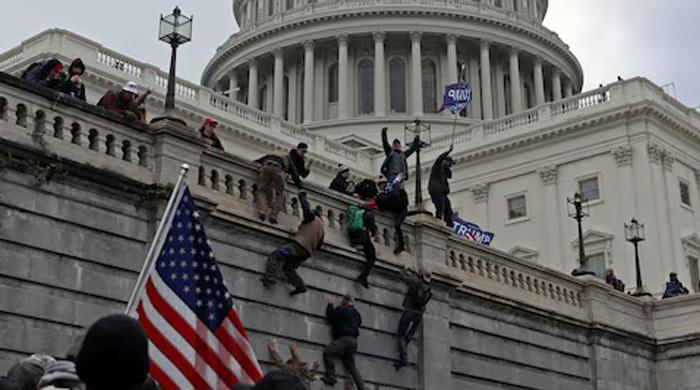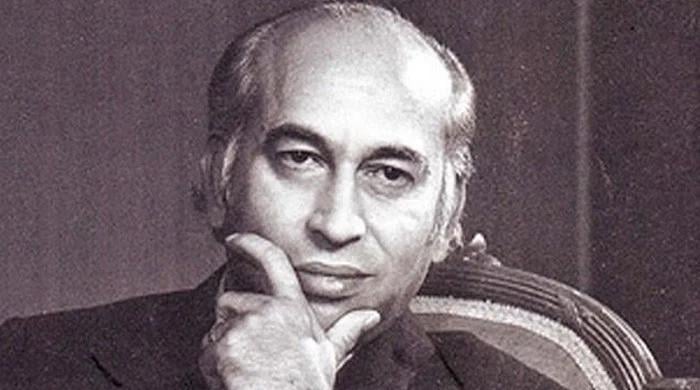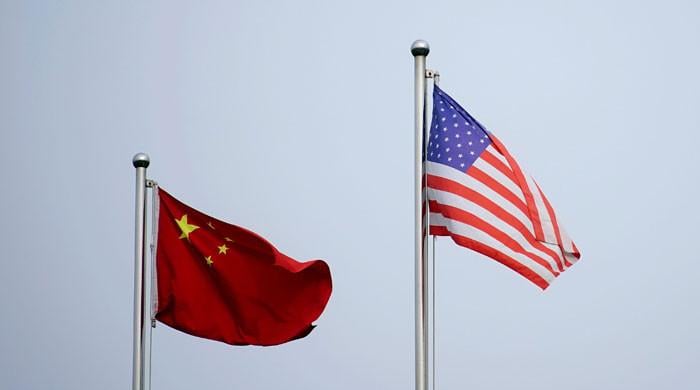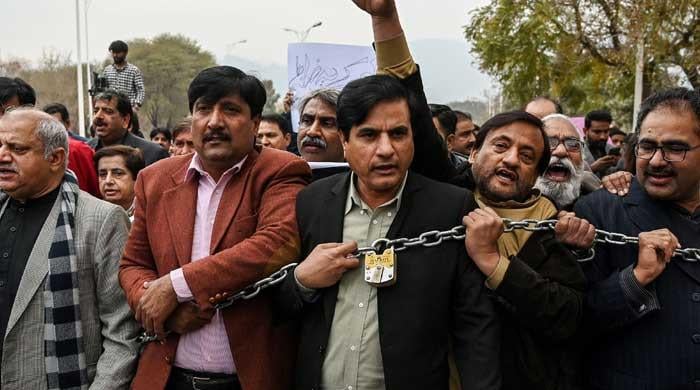Pakistan and the tariff shock
New arrangement will reduce trade volume; immediate replacement of US market is not viable option
April 09, 2025
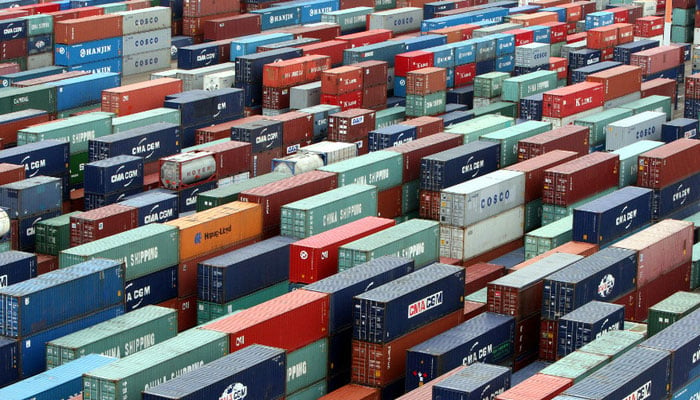
The US has opted for a strategic trade policy over free trade by prioritising security, industrial and economic policy over market liberalisation.
US President Donald Trump initiated this policy in 2017 by imposing tariffs on steel, aluminium, and Chinese imports, aiming to protect domestic industries and correct the trade imbalances. Now, extending the state-driven trade strategy, the US has imposed reciprocal tariffs on goods from several countries, including Pakistan.
According to the new plan, US President Donald Trump has announced 'baseline' tariffs of at least 10 percent on all imports to the US, with rates rising as high as 60% for trading partners with trade surpluses. These proposed rates are comparable to those seen during the Great Depression of the 1930s.
Consequently, Pakistan will have to face a 29% tariff on its products to the US, as the president emphasised that Pakistan has imposed a 58% tariff on US goods. This raises a fundamental question: How severely will these tariffs affect Pakistan's exports to the US market?
Historically, Pakistan has not been a major trading partner of the US, with its exports accounting for merely 0.16% of the total US imports of $3.36 trillion in 2024. However, from Pakistan's standpoint, such an export value of $5.8 billion is significant, as it constitutes 18.6 per cent of total exports to the US. Textile and apparel products dominate Pakistan's exports to the US, accounting for 80 per cent of total exports.
In 2024, Pakistan's top products to the US included house linen ($1.4 billion), non-knit women's suits ($478 million) and knit sweaters ($419 million). Pakistan faces tough competition from China and Turkey in these product lines. Under the new plan, China will face higher tariffs than Pakistan, while Turkey is expected to accrue a competitive advantage over Pakistan.
In a nutshell, these tariffs will impact the trade relationship of all countries with the US, and a major shift in global trade patterns is inevitable.
However, for Pakistan, this new arrangement will reduce trade volume, and immediate replacement of the US market is not a viable option due to its scale and the importance of the relationship. A prolonged IMF programme, supported by the US, is vital for stabilising Pakistan's economy.
One short-term solution to mitigate the negative impact would be to subsidise the products to enhance competitiveness; however, under the IMF economic reform programme, such a practice may not be allowed. Pakistan should strive to cut down production costs, particularly by reducing energy prices for industries, which are significantly higher than those of regional competitors like Bangladesh and Vietnam.
The global economic strategy, led by the US, has shifted from the slogan of free trade to strategic trade, where state power is now viewed as a key foundation of competitive advantage. In line with this new world order, Pakistan should focus on building competitiveness through innovation and technological advancement in industries where it holds the potential.
The role of the state is vital in creating and sustaining a competitive edge. Pakistan should strive for selective trade agreements and foster technology transfer through partnerships with advanced economies.
It is imperative to revisit existing free trade agreements and move towards a strategic or guided trade approach. For instance, Pakistan runs a huge trade deficit with China, which could plausibly be offset by increased exports and remittances from China.
The government should prioritise investment in Research and Development (R&D) and human development, which are prerequisites for a strong industrial base. While the US remains a major trading partner, Pakistan should, in the long run, aim for geographical diversification for its products to mitigate external shocks.
Disclaimer: The viewpoints expressed in this piece are the writer's own and don't necessarily reflect Geo.tv's editorial policy.
The writer is an assistant professor at Abdul Wali Khan University, Mardan. He can be reached at: [email protected]
Originally published in The News




